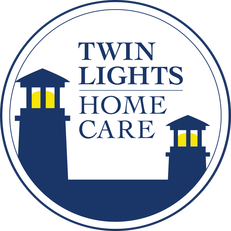|
Some of us may love the cold weather, but with winter coming there are many illnesses that we need to be aware of including pneumonia. Pneumonia is a major concern for the elderly as their immune systems are already compromised and weakened, causing them to be more susceptible to respiratory infections like pneumonia.
What is pneumonia? Tavishi Dogra of The Health Site explains that “pneumonia is an inflammatory condition affecting the air sacs of the lungs, which leads to fluid or pus accumulation.” What are common symptoms of pneumonia?
What are the causes of pneumonia?
What can be done to prevent pneumonia?
With flu and pneumonia season quickly approaching, it’s important to remember that early detection is key. If your loved one begins to experience any symptoms related to respiratory distress, it’s important to seek immediate medical attention. If you have any concerns about your loved one’s health, speaking to their healthcare providers is important. Early detection and treatment of pneumonia and other illnesses is vital. “Addressing pneumonia in the elderly necessitates a holistic approach encompassing the early identification of signs and proactive preventive measures,” says Dogra. “Timely intervention and a concerted focus on respiratory health can markedly improve outcomes and elevate the overall well-being of older people.” If you have any questions about home care for your loved ones, you can contact us. You can also check out the rest of our blog posts on our website. Written by Madison Chalmers
Image by Freepik
1 Comment
Many of us use the internet daily without thinking about the number of scams out there. There are many online scams that pose a real threat, including phishing. It is very easy for someone to click on an unreliable site, unknowingly, and enter personal information that scammers can use to access various accounts.
But where do older adults fit into this? Aaron Dorman of McKnight Senior Living explains how senior citizens are most likely to fall for tech scams. Tech scams are also the costliest kinds of fraud, with losses doubling over the past two years. The Federal Trade Commission (FTC) has reported that older adults lost $159 million through tech support scams in 2022, which is a 117% increase over 2021. The FTC also reports that adults 65 and older lose an average of more than $1,000 annually, whereas those 80 and older lose an average of about $1,750. As generations age, more older adults are using technology. Dorman explains how recent studies have shown that older adults have a better understanding of technology than ever before, which scammer are using to their advantage. Scammers have become more sophisticated and can fool even the most tech-savvy person. Older adults are more likely to fall victim to robocalls and scammers impersonating government representative. Although many older adults may be aware that there are scams out there, they may still fall victim. It is important to educate the older family members in your life to never click on anything that they are unsure of or provide personal or financial information to websites that they have never visited before. Before giving personal information, you should go to the official website to verify you are providing your information with a trustworthy source. When calling a customer service line, verifying the number on the official website can be helpful as well. Also, reading the security clause on websites can help ensure that you know how your information is being kept safe. What can be done if you fall victim to a scam? The first thing you should do is contact your bank as well as credit agencies to have them put a pause on credit. Changing your passwords and using strong passwords also can help fight against scammers. Additionally, investing in security software like LifeLock can help protect yourself and your loved ones against identify theft and fraud. If you have any questions about home care for your loved ones, you can contact us. You can also check out the rest of our blog posts on our website. Written by Madison Chalmers
Image by Freepik
Lighting plays an important role in every home. But for seniors, it’s more than just a matter of
being able to see. Lighting can also contribute to health, wellness and safety. As we age, the way we see and are impacted by light begins to change. When architects are designing light for older adults, it’s important for them to understand how aging can impact how a person perceives color and the impacts of light intensity as well as glare. Studies have shown that natural sunlight or high-quality indoor lighting can have a positive impact on health. For example, older adults generally benefit from higher lighting levels, less glare, and more uniform light. Having proper lighting can reduce the risk of falls and taking medication incorrectly Circadian lighting mimics the way sunlight changes during the day and can improve sleep and reduce depression and agitation. This type of lighting is specifically helpful for those with dementia and Alzheimer’s disease due to their experiences with sundowning. It’s important to note that many buildings utilize fluorescent lighting which makes it difficult to dim or change the color of the lighting in a room that may be used for more than one activity. For example, the ideal lighting for exercise in the morning will be different than the ideal lighting for having dinner. Senior buildings should consider utilizing LED lighting because of how easy it is to dim and change the color of light. Additionally, facilities that are considering updating their lighting should consider the following:
Utilizing natural light, when possible, also has unique benefits. Artitecht Chris Ebert explains, “The numerous health benefits of access to natural daylight are undeniable. Science has shown that natural light makes us sharper and happier during the day, provides us with better sleep at night, and helps us recover faster when we get sick.” Overall, lighting plays a bigger role in our well-being than most people think, and having the ideal lighting can create a safe and healthier environment for seniors. If you have any questions about home care for your loved ones, you can contact us. You can also check out the rest of our blog posts on our website. Written by Madison Chalmers
Image by Lifestylememory on Freepik
Oral health is essential for healthy aging. However, new research indicates that many older adults living in nursing homes have significant dental issues. The consequences extend beyond the mouth and can impact the overall health of individuals -- especially when it comes to nutritional intake.
“Poor oral health can hider a person’s ability to chew properly, which can eventually lead to malnutrition. In addition, bacteria from gum infections can enter the bloodstream, increasing risk for heart disease and other conditions,” explained Dr. Natalia Chalmers, chief dental office at the U.S. Centers for Medicare and Medicaid Services (CMS). Chalmers and colleagues analyzed data on the oral health of Medicare beneficiaries living in nursing homes in 2020. The data revealed that many residents had the following dental issues:
Why do many nursing home residents have declining dental health? More than half of older adults receiving Medicare don’t have dental coverage. Traditional Medicare does not cover the following dental services:
Denise Mann of Medical Xpress noted that individuals who have three or more chronic health conditions were more likely to have dental issues. Additionally, residents in nursing homes in rural areas had an increased risk of experiencing dental problems when compared to people in urban nursing homes. Research has also shown:
To maintain dental health, it is important that your loved ones are brushing and flossing their teeth daily and have established care with a dentist. If your loved one is in a nursing home, it’s important to have clear communication with the facility about what their oral care routine will look like and what type of toothbrush and toothpaste is recommended. Additionally, maintaining dental appointments is imperative for early detection of dental issues. If you have any questions about home care for your loved ones, you can contact us. You can also check out the rest of our blog posts on our website. Written by Madison Chalmers
Image by gpointstudio on Freepik
How do language barriers impact home health care? An article posted on Daily Nurse describes a new study that yielded an interesting result. “For people with limited ability to communicate in English, having the same home health nurse across visits significantly decreases hospital readmissions, regardless of whether the patient and nurse speak the same language,” according to the article.
The study consisted of 22,103 patients receiving home care in NYC after a hospitalization. Each of these patients did not speak English as their primary language; their primary languages were Spanish, Russian, Korean, or Chinese. The researchers concluded that having a nurse that spoke the same language as the patient yielded the best results and had the best chance of reducing the risk of readmission to the hospital. However, the consistency of the nurse regardless of language spoken also helped reduce hospital readmissions. Hospital readmissions cost the U.S. healthcare system more than $41 billion annually. Previous research has indicated that home care patients that speak a language other than English are at a higher risk of:
The article states, “The researchers conclude that healthcare providers should maximize continuity of care after hospitalization—particularly when language barriers cannot be addressed directly through staffing.” Nurses who regularly see the same patients get to know not only the patient, but their family, friends, and caregivers. This gives a unique advantage despite possible language barriers. Researchers emphasize the importance of continuity of care to reduce hospital readmissions. The study indicated that while results varied per language, continuity of care still reduced the risk of readmissions. In instances where the healthcare provider doesn’t speak the same language as the patient, interpreter services may be needed. Home care agencies often rely on telephone translation services as many seniors may not have internet access needed for video calls. Also, interpreter services are not always covered by insurance. Many insurance companies only reimburse for interpreter services if mandated by state law. In a perfect world, each home care agency would have nurses that speak all the languages of their clients. However, this is unrealistic because there are not enough nurses to meet that sort of demand. If you have any questions about home care for your loved ones, you can contact us. You can also check out the rest of our blog posts on our website.
Image by Freepik
We have all likely heard the phrase “kids keep us young,” but what if there were health benefits to interacting with children? A study conducted in South Africa explores how playing with kids can help improve the mental wellbeing of retirement home residents.
Elizabeth Jane Earl and Debbie Marais of Stellenbosch University conducted a study at a retirement home in South Africa. Results suggest that “programs promoting interaction between residents and children may provide mental health benefits and could help manage common mental health conditions such as anxiety and depression.” “Earl and Marais conducted a study at a retirement home in South Africa where residents can interact regularly with children who attend an onsite preschool,” according a summary of the study on the scientific news website EurekAlert!. “Activities include playing games, doing puzzles, reading, or singing with the children. The program is in line with a philosophy of elder care called the Eden Alternative, which aims to minimize factors that contribute to anxiety and depression.” This study consisted of 10 women, including four who possibly have anxiety, depression, or both. It is important to note that previous research has indicated that common mental health symptoms go undiagnosed and untreated in retirement homes. At the conclusion of the study, the same 10 women completed a questionnaire to describe their experiences as well as their symptoms of anxiety and depression. Their responses indicated that their interactions with children increased their sense of purpose and belonging, increased positive emotions, and triggered fond recollection of their own childhoods. As previously noted, many common mental health conditions go undiagnosed. The American Medical Association provides tips for integrating behavioral health care for older adults. Many primary care physicians may have an integrated behavioral health practice where there is a psychiatrist or social worker in the office that can address mental health concerns in more depth. If you have any questions about home care for your loved ones, you can contact us. You can also check out the rest of our blog posts on our website. Written by Madison Chalmers
Image by Freepik
As we age, many of us will begin losing mobility. A lot of older adults will begin using mobility assistance devices such as canes, walkers and wheelchairs, or even invest in an electric scooter.
The majority of seniors want to remain living in their homes as they age, but is an electric scooter suitable for at-home living? Things to consider before purchasing an electric scooter:
Considering your environment and lifestyle can help you decide if an electric scooter is right for you and what specific scooter will be best for you. For example, if you have an active lifestyle you may benefit from a compact and easy-to-maneuver model. On the other hand, if you have uneven surfaces in your home or are constantly outside on rough terrain, you may be better served by a heavy-duty scooter. An article in the Miami Herald newspaper this week recommended three electric scooters that meet a variety of needs: Zip’r 3-Wheel Traveler Scooter, Zip’r Breeze 3-Wheel Heavy Duty Mobility Scooter, and Zip’r Roo 4-Wheel Mobility Scooter. The Zip’r 3-Wheel Mobility Scooter has a compact design with a 25.4-inch turning radius, making it one of the best choices for older adults who are active and live in tight spaces. This scooter is lightweight and easy to transport and has a folding tiller and removable seat to fit in standard-size vehicle trunks. This scooter is also known for quick charging and can travel up to 12 miles on a single charge. The Zip’r 3-Wheel Heavy Duty Mobility Scooter drives up to 4.5 mph, runs up to 20 miles on a single charge, and has a maximum weight limit of 300 pounds. This scooter is known for its durability and can be driven inside and outside. It also offers storage compartments and cupholders. The Zip’r 4-Wheel Mobility Scooter is known for stability due to having 4 wheels instead of the standard 3. The extra wheel provides the stability to safely navigate tight corners and uneven surfaces. From uneven sidewalks or grassy areas to carpeted rooms, rides on this scooter will be smooth and comfortable. This scooter has all-terrain tires making it an ideal scooter for those who want the independence to travel around their homes as well as outside. Whether you are looking for a scooter to navigate smaller areas or maintain an outdoorsy lifestyle, there is a scooter for you. Losing your mobility is a difficult thing to cope with, but investing in an electric scooter can restore your freedom and independence. If you have any questions about home care for your loved ones, you can contact us. You can also check out the rest of our blog posts on our website. Written by Madison Chalmers
Image by Freepik
There are many factors that cause older adults to enter nursing homes including declining health and the ability to care for themselves independently. A recent study indicates that social isolation is tied to a higher risk of older adults entering a nursing home. A recent article on the news website Medical Xpress explains how Mary Louise Pomeroy, Ph.D., from Johns Hopkins Bloomberg School of Public Health and her colleagues evaluated whether higher levels of social isolation are associated with overnight hospitalization, skilled nursing facility stays, and nursing home placements. “The researchers found that approximately 15 percent of community-dwelling older U.S. adults experienced social isolation, which was significantly associated with increased odds of nursing home placement and skilled nursing facility stays over two years,” according to the article. Social interaction and inclusivity can be vital to improve health trajectories and outcomes for older adults. Older adults should seek involvement in community settings to enhance social interactions. Friends and family regularly visiting older adults can help as well. Although social isolation is correlated with nursing facility stays and nursing home placements, home care continues to grow in popularity. But what do boomers want? The American Seniors Housing Association released a survey to determine who boomers are and what they want as they age. Over 7,000 people aged 55 to 74 completed the survey between December 2021 and March 2022. About 60% of respondents answered that they were considering transitioning to a senior living community within the next 4 years, and about 25% stated that they preferred staying in their own home. However, 25% increased to 55% when some sort of care or assistance was needed. Most respondents stated that remaining independent and self-sufficient was most important. Things that boomers find most important in their living areas include:
Benefits of a senior living community include having activities and events for residents to partake in which can help keep seniors engaged and socialized. Many senior communities place emphasis on events for residents to mingle so they are not alone. Additionally, many senior buildings will also provide transportation for trips into town, grocery stores, and the like. Social isolation can be a big barrier that seniors face in maintaining their health and independence. In the next several years, many of the 76 million boomers living in the U.S. will be transitioning into senior housing. If you have any questions about home care for your loved ones, you can contact us. You can also check out the rest of our blog posts on our website. Written by Madison Chalmers
Image by Drazen Zigic on Freepik
Many areas across the country have been experiencing record breaking temperatures. During heat waves it is imperative to stay hydrated and cool. As we get older, it is more difficult for our bodies to regulate our body temperature.
According to the National Institute on Aging, people 65 years and older are more susceptible to heat-related issues. Reasons for this include chronic medical conditions and medications making it more difficult for our bodies to adjust to sudden changes in temperature. Being overheated for an extended period of time can cause many health issues. Some of these include:
Although the conditions above are indicative of being too warm or being exposed to the sun too long, more serious conditions include heat exhaustion and heat stroke. When someone is experiencing heat exhaustion, they may feel thirsty, weak, nauseated, uncoordinated, dizzy, and rapid pulse. Heat exhaustion can progress to heat stroke. Heat stroke is a medical emergency characterized by the body’s temperature rising above 104 degrees Fahrenheit. Signs of heat stroke include fainting, confusion, and flushed skin. Anyone who is experiencing any of these symptoms should immediately seek medical help, move to a cooler place, and attempt to lower their body temperature by taking a cold bath or shower. Medical attention should be sought for any heat related illness when signs and symptoms persist. Although spending too much time in the heat or in the sun can have serious implications, it doesn’t mean you can’t enjoy your favorite warm weather activities. What can you do to prevent heat related illness?
If you have any questions about home care for your loved ones, you can contact us. You can also check out the rest of our blog posts on our website. Written by Madison Chalmers
Image by Freepik
As we age, it’s important to not only keep our bodies strong, but our minds sharp as well. As medicine and technology continue to improve, the average life expectancy increases. According to the US Census, in 1920 about 5% of the population was over 65. In 2020, that number more than tripled. Although people are living longer, it does not necessarily mean they have a good or active quality of life.
How well we age is largely due to genetics, but there are many things we can do throughout our lives to maintain optimal physical, cognitive, and mental health as we age. Cleveland Clinic explains that illnesses like congestive heart failure, diabetes, and some forms of dementia can be delayed or prevented in some cases, and so can the loss of muscle strength. How can this be done?
Having optimal physical health is so important, especially as we begin to age. Some of the best ways to promote healthy living include:
The National Institute on Aging explains “that keeping your brain engaged in stimulating activities may help compensate for some of the changes that lead to things like dementia and memory loss.” What are some of the best ways to exercise your brain?
Every goal requires planning, and what you want your life to look like as you age is no different. It’s important to think about your wants and desires as you age – and that those desires are understood by those around you so that you. Some important things to think about as we age include:
Getting older and having many decisions to make doesn’t have to be scary, but planning is important. If you have any questions about home care for your loved ones, you can contact us. You can also check out the rest of our blog posts on our website. Written by Madison Chalmers
Image by Freepik
|
AuthorT.J. Foderaro Archives
February 2020
Categories
All
|
Copyright © 2023, Twin Lights Home Care, All RIghts Reserved
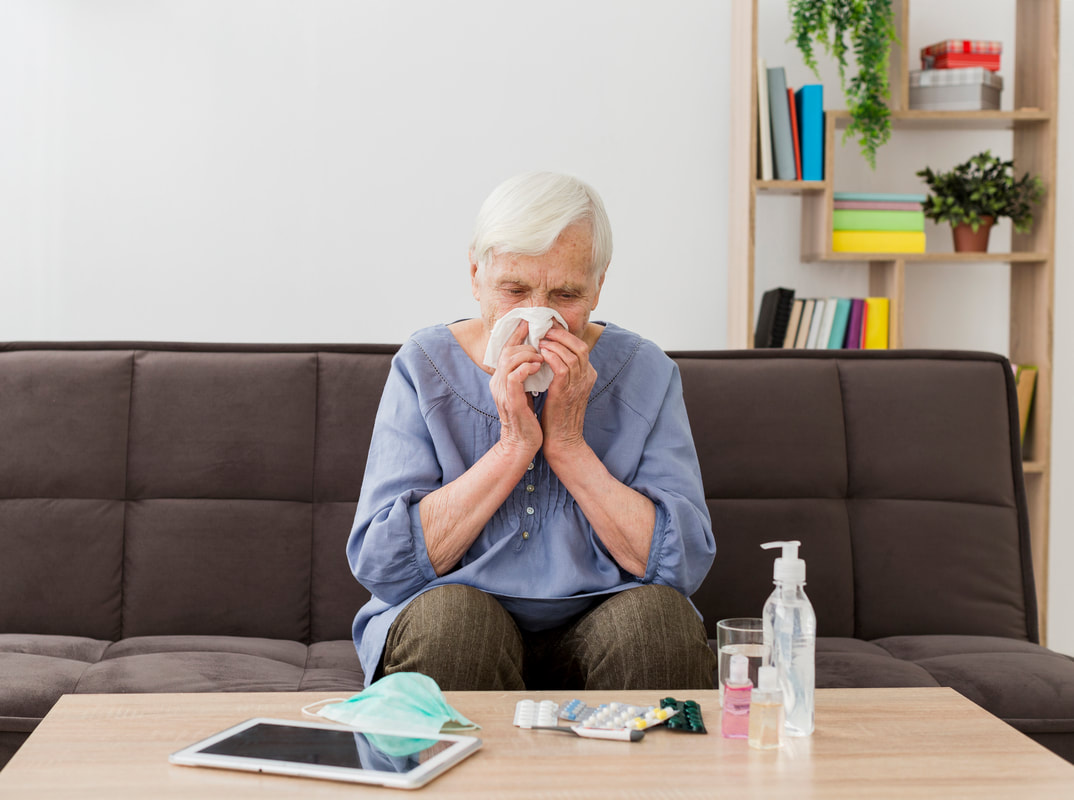


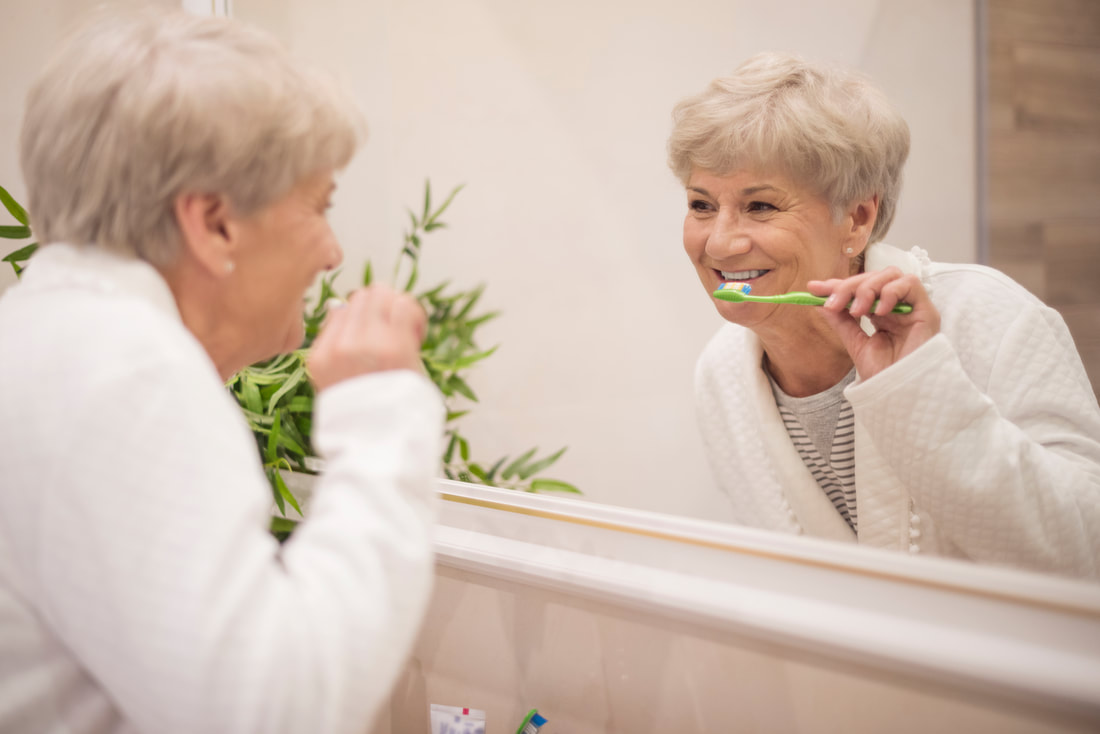

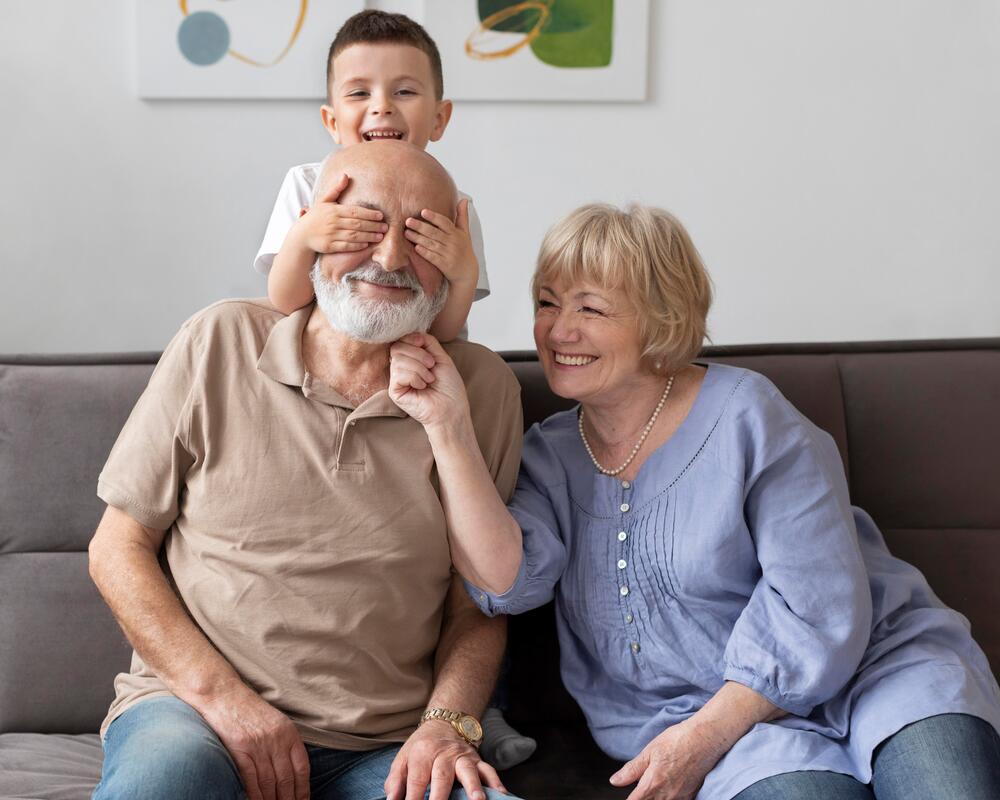
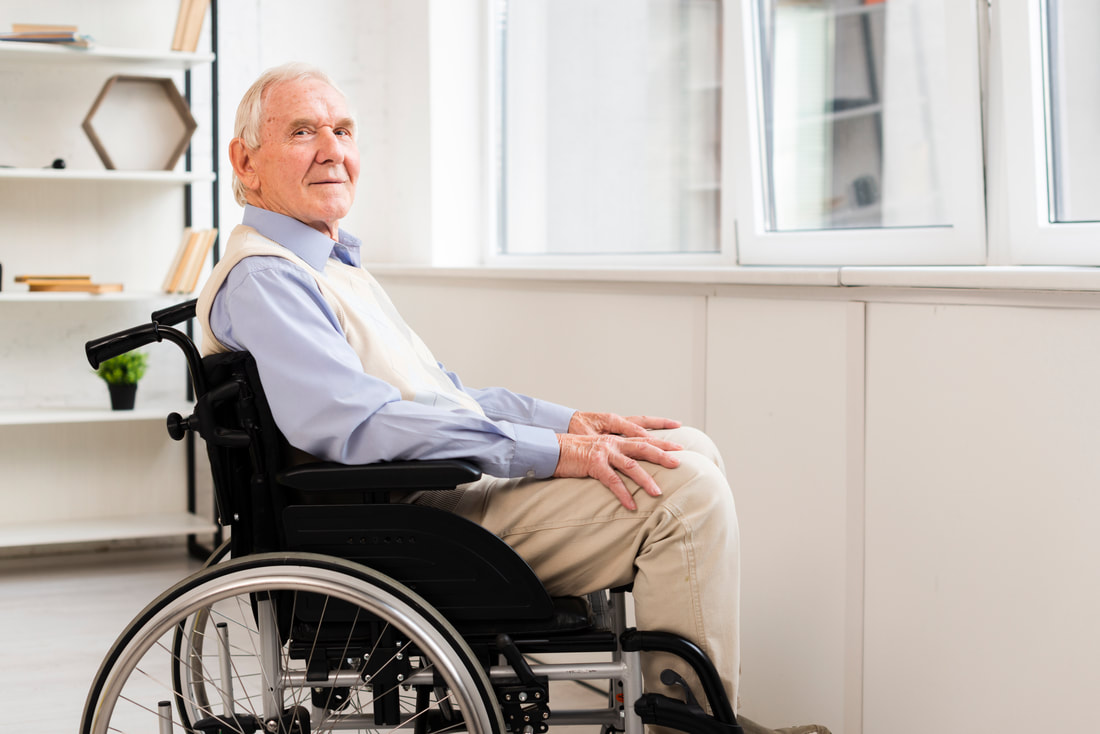



 RSS Feed
RSS Feed
